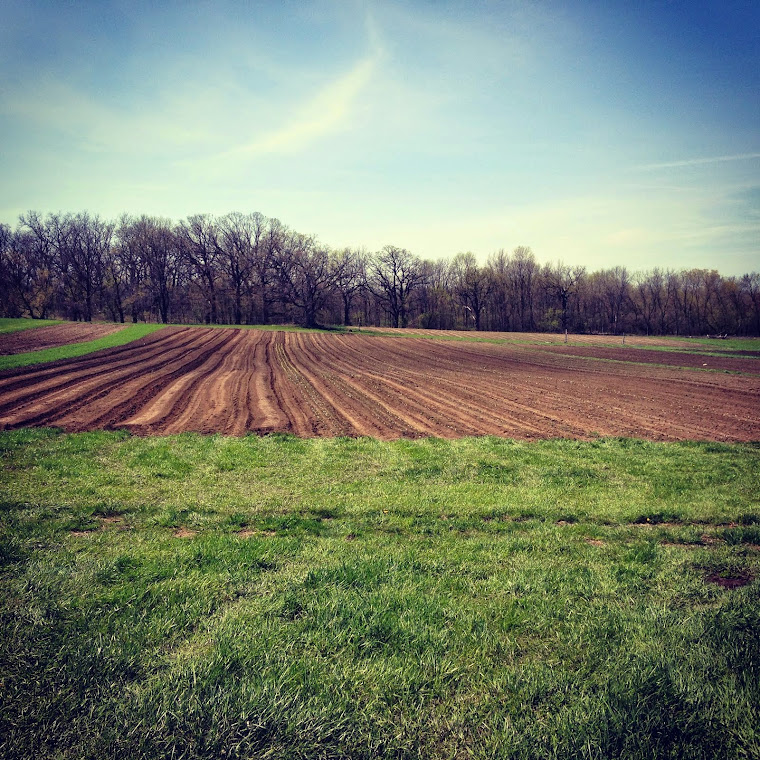It took 40 years to construct the gardens of Versailles, at a time when advanced equipment meant a horse and a cart. Surrounding woods, grasslands, and marshes were transformed into roughly 800 hectares of French Landscape gardens, a process that began in the early 1600s and continues to this day.
During the first building campaign greater attention was given to developing the gardens of Versailles as opposed to the château, which had already reached a rather esteemed prestige. Under the reign of Louis XIV the gardens took on a celestial and solar theme, as André Félibien - a French chronicler of the arts and court historian to Louis XIV - noted, "since the sun was the emblem of Louis XIV, and that poets join in the sun and Apollo, there is nothing in this superb house that does not relate to this divinity."
And there, along the East-West axis, the Bassin d'Apollon (the Fountain of Apollo) was constructed, depicting the sun god driving his chariot to light the sky. Forming a focal point in the garden, the Fountain of Apollo serves as a transitional element between the entire grounds. They are full of fountains, water being a favored ornament of French landscapers. Many of these fountains continue to exhibit an impressive feat of hydrologic engineering, and there are often "water firework" shows throughout the summer.
A fellow gardener told me an infamous lore about how the fountains were operated when Louis XIV gave his friends and associates garden tours. As there was not enough water to supply force to all the fountains at once, gardeners were made to run secretly from fountain to fountain, turning one off and another on in a chain-link fashion, so that as Louis XIV gave his tour it seemed that all the fountains were running effortlessly in unison, day in and day out. This scheme worked due to the large scale of the garden, the walking distance from fountain to fountain, and a series of hedgerow mazes for the gardeners to travel through, built specifically for this purpose.
It took me three days to adequately stroll through the gardens. It was nearly impossible to imagine the grand scale of it all, as they seemed to stretch on endlessly. Often as you turned around a bend there would be someone sitting on a bench, exhausted from their touristic efforts, nursing their sore feet and drinking a glass of fresh orange juice provided throughout the garden from the on-site l'orangerie. I was incredibly impressed by the feat of it all, and enjoyed imagining Louis XIV waking up in the morning, putting on his robe and slippers, and standing at the top of the gardens with his morning coffee and paper like a scene from a 1950s suburban setting.
As someone interested in gardening, horticulture, and landscape architecture, it was an incredible honor and privilege to be able to work in the gardens of Versailles. Especially in the Kings Kitchen Garden, Le Potager du Roi, as agricultural landscapes are my specialty. I enjoyed seeing the value French culture puts on food, and therefore edible landscapes. It makes my current position now restoring landscapes feel all that more important. I will definitely be bringing the skill sets and knowledge I have gained here into my design work back in the States.












No comments:
Post a Comment